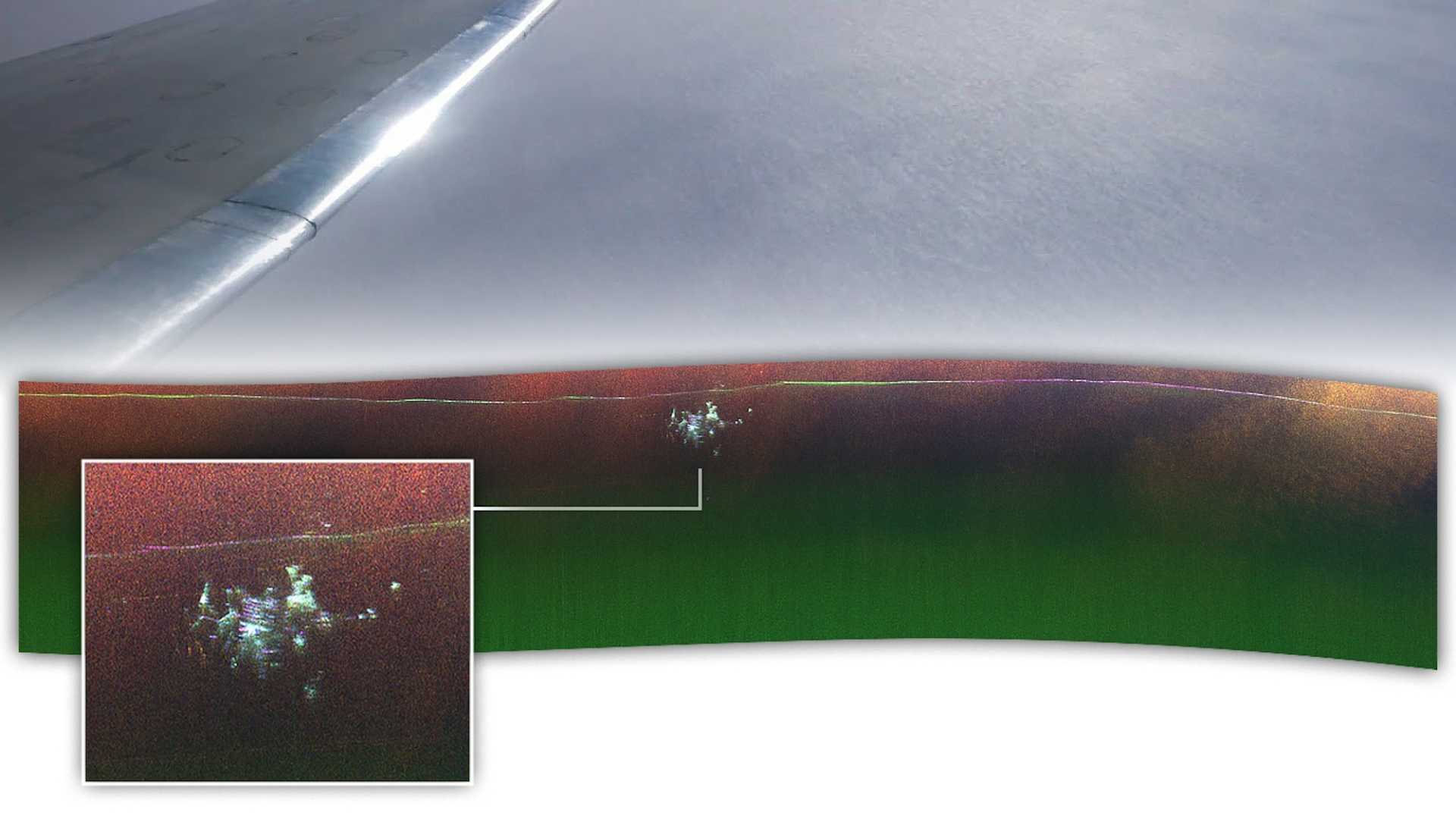News
NASA Rediscovers Abandoned Cold War ‘City Under the Ice’ in Greenland

Camp Century, a secretive U.S. military base built in 1959 in northwest Greenland, has been rediscovered by NASA scientists using advanced radar technology. The base, nicknamed the “city under the ice,” was constructed by the U.S. Army Corps of Engineers between June 1959 and October 1960. It consisted of 21 underground tunnels spanning 9,800 feet, designed to test sub-ice construction techniques and serve as a base for scientific research.
The true purpose of Camp Century, however, was far more sinister. It was part of Project Iceworm, a secret plan to create a hidden launch site for ballistic missiles aimed at the Soviet Union during the Cold War. The project envisioned a vast network of tunnels and launch centers, but it was never realized due to numerous feasibility issues and the unstable nature of the ice sheet.
The base was powered by a PM-2A semi-mobile nuclear reactor, one of the first of its kind, which provided power for over three years before being shut down due to the accelerated compression of the reactor trenches. The camp was abandoned in 1967 as the shifting ice made habitation impossible, and it was left buried under the ice.
NASA’s recent discovery was made using Uninhabited Aerial Vehicle Synthetic Aperture Radar (UAVSAR) technology, which allowed scientists to map the structures of Camp Century in unprecedented detail. This new data reveals individual structures within the base that were previously unseen, highlighting the advanced state of the facility despite its abandonment.
The rediscovery of Camp Century also raises environmental concerns. The base left behind significant amounts of hazardous waste, including diesel oil and sewage, which have become a point of contention between Greenland and Denmark regarding cleanup responsibilities.
Today, Camp Century serves as a historical relic of the Cold War and a subject of interest for climate scientists studying the impacts of climate change on the Greenland Ice Sheet. The site continues to provide valuable insights into both the military strategies of the past and the current environmental challenges facing the Arctic region.












